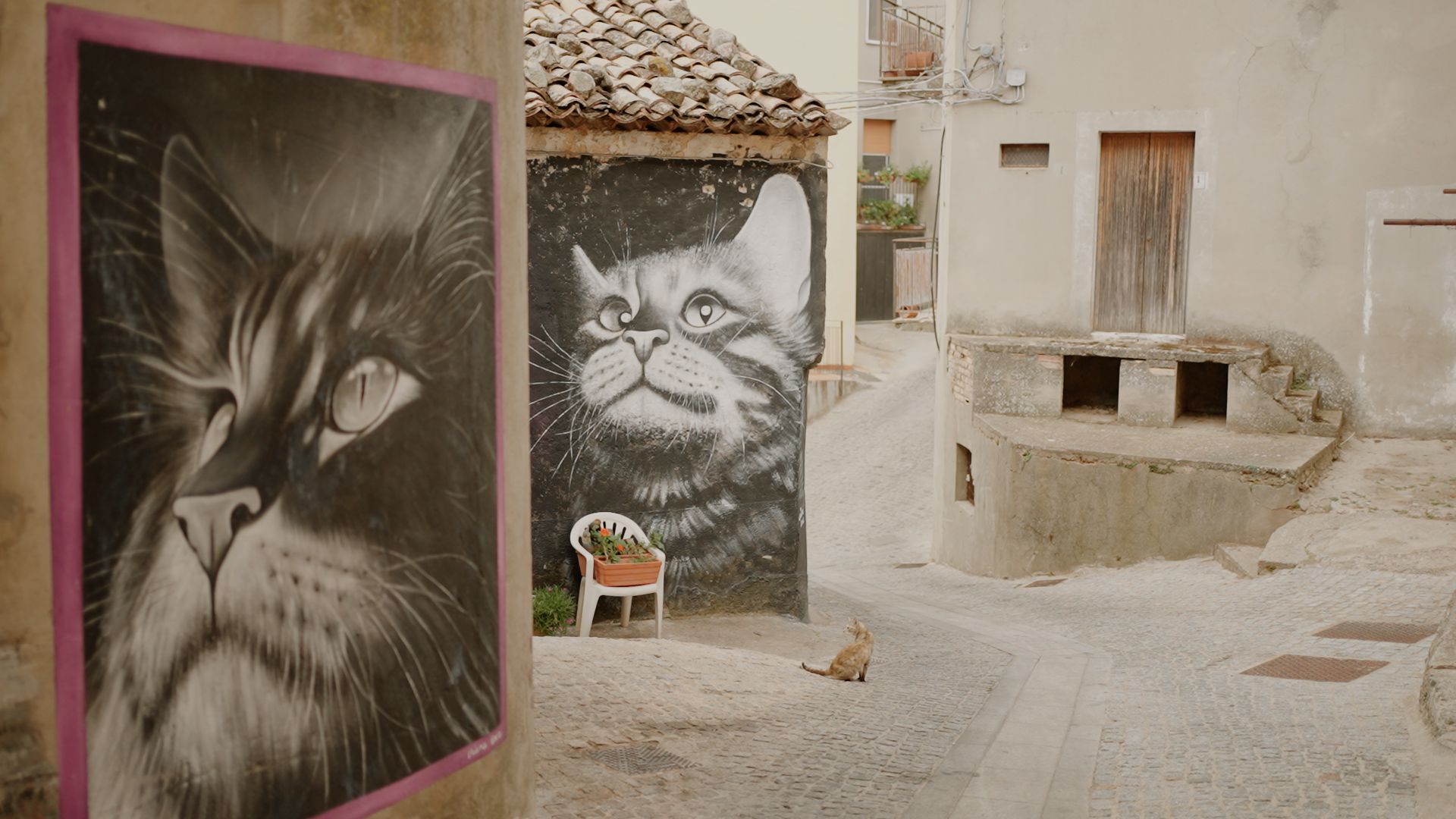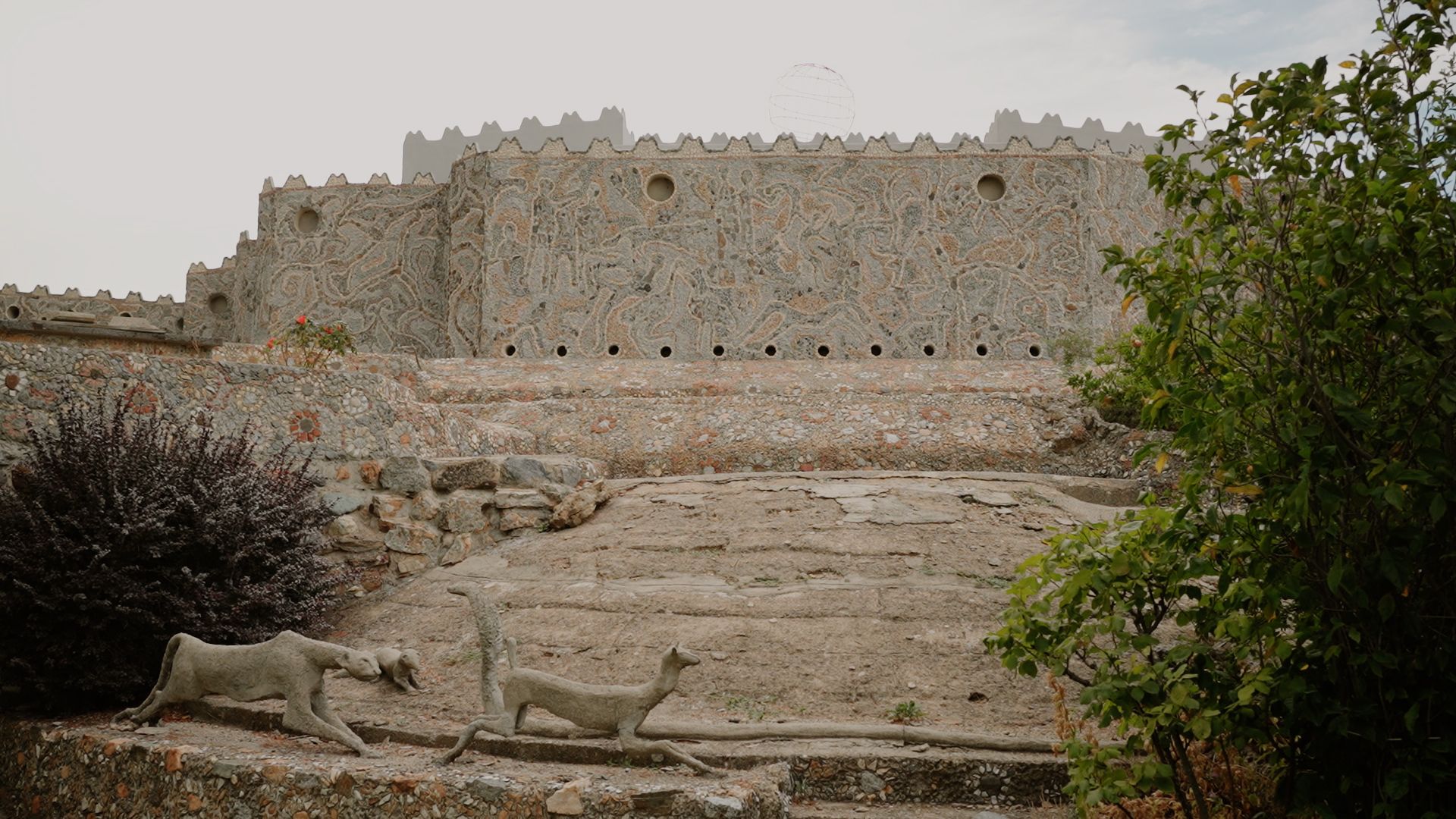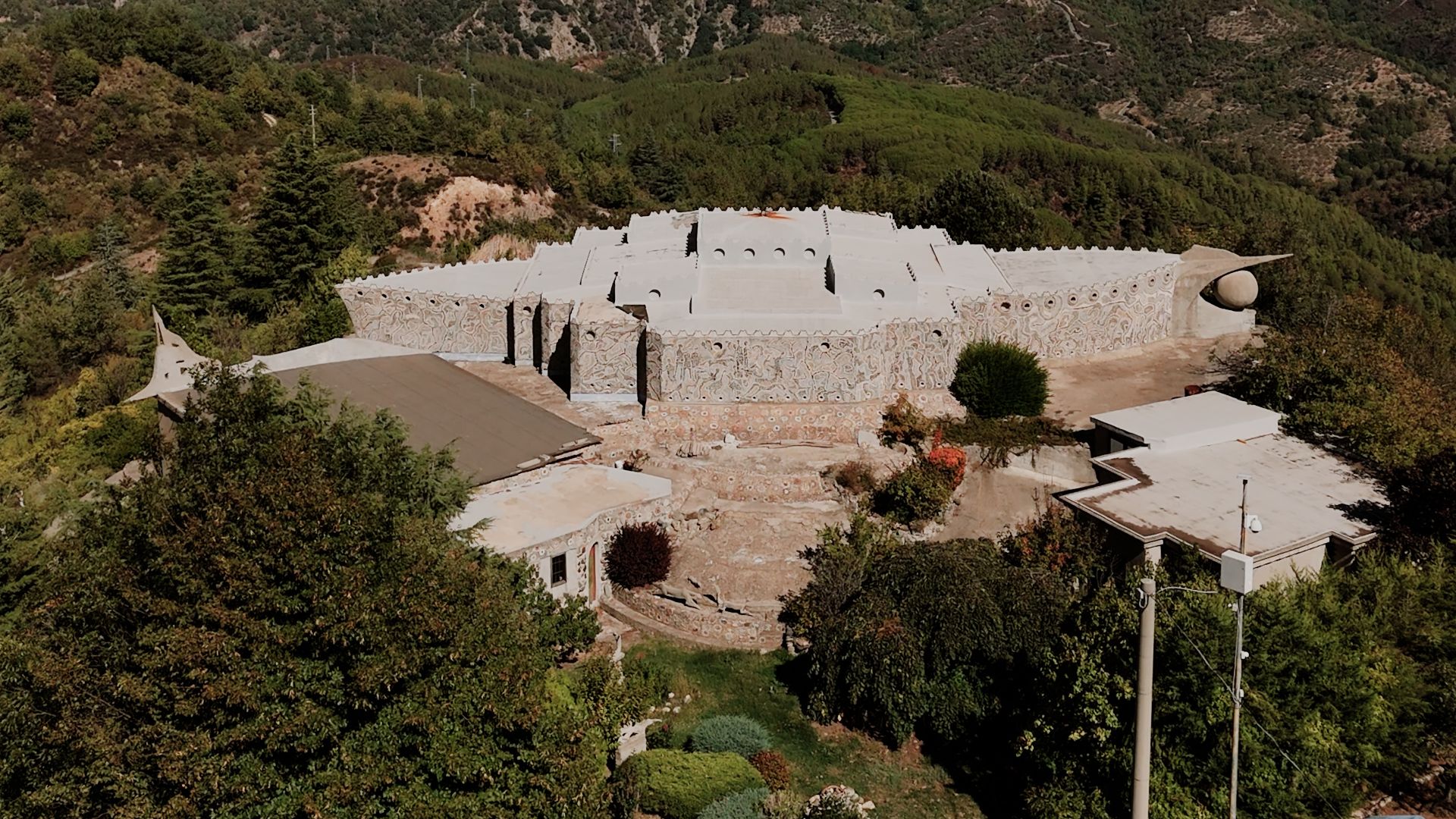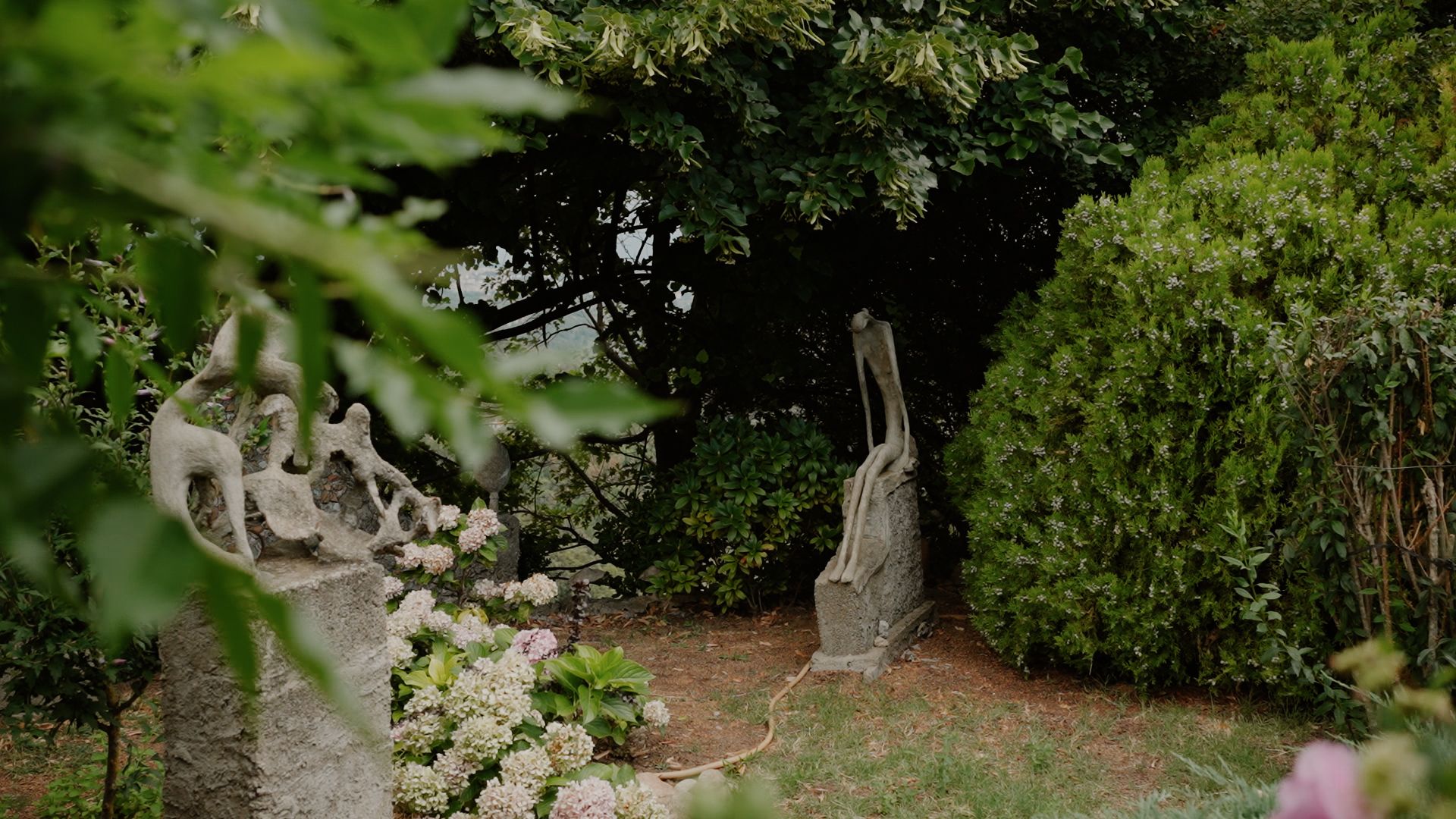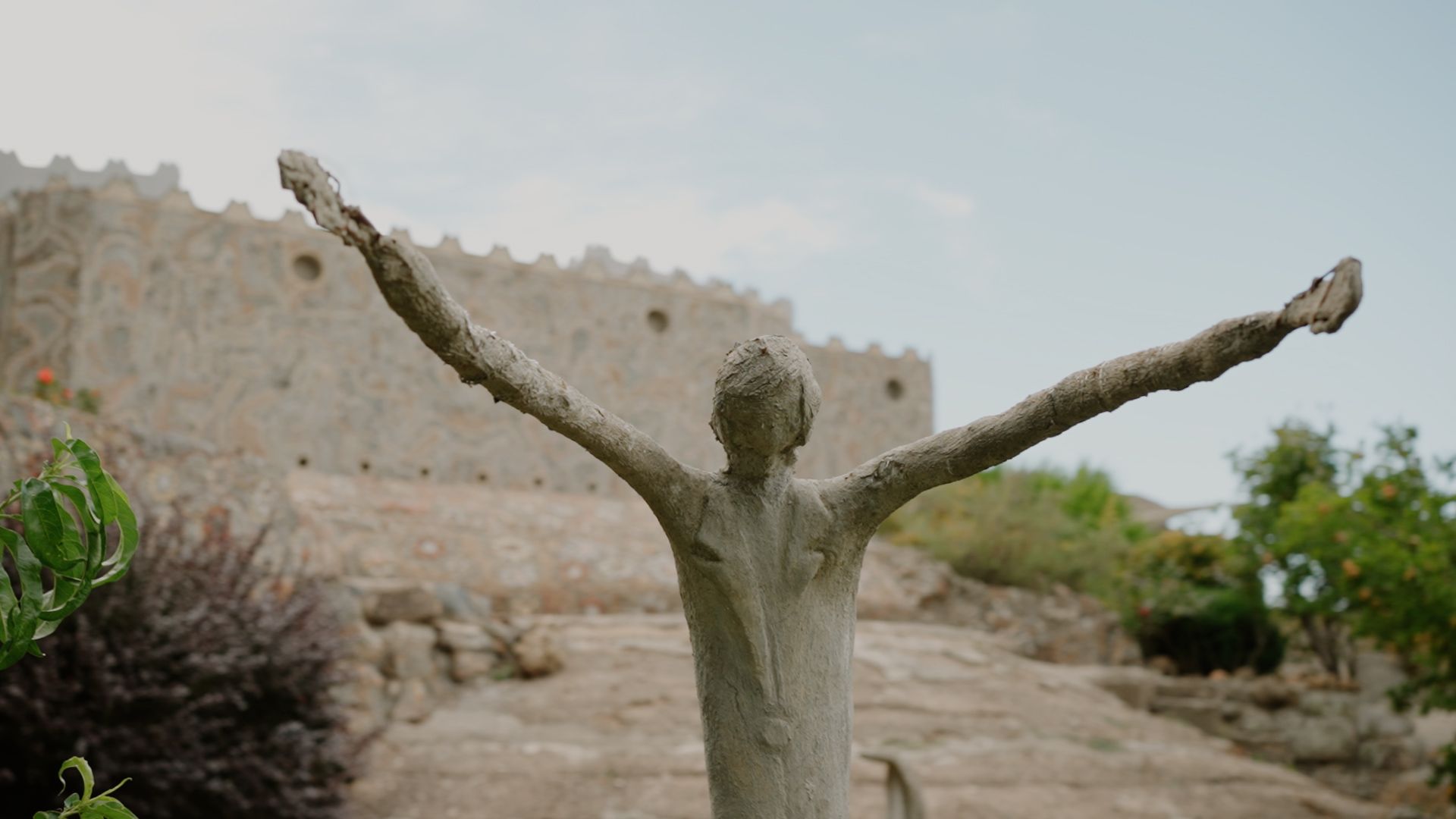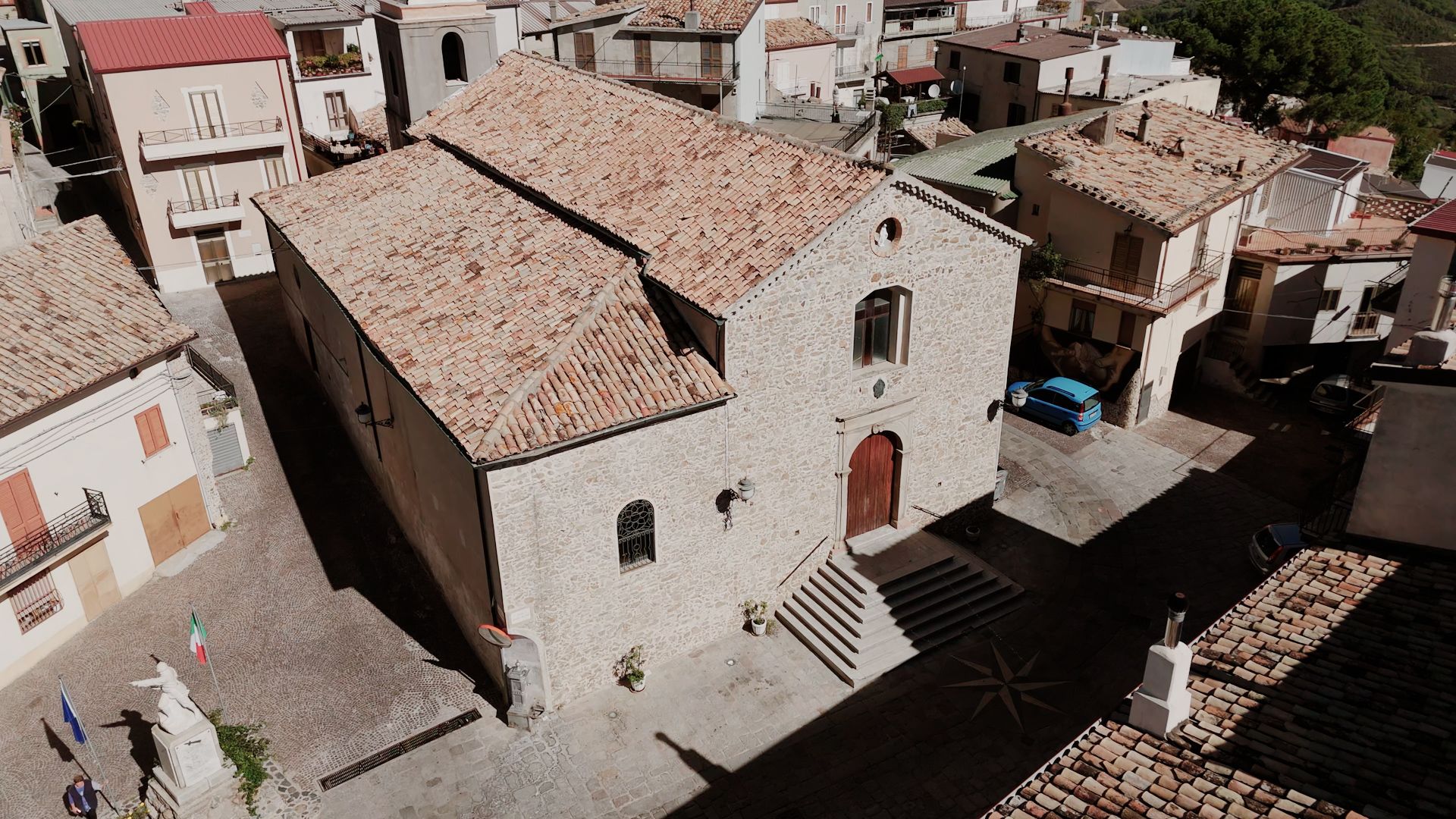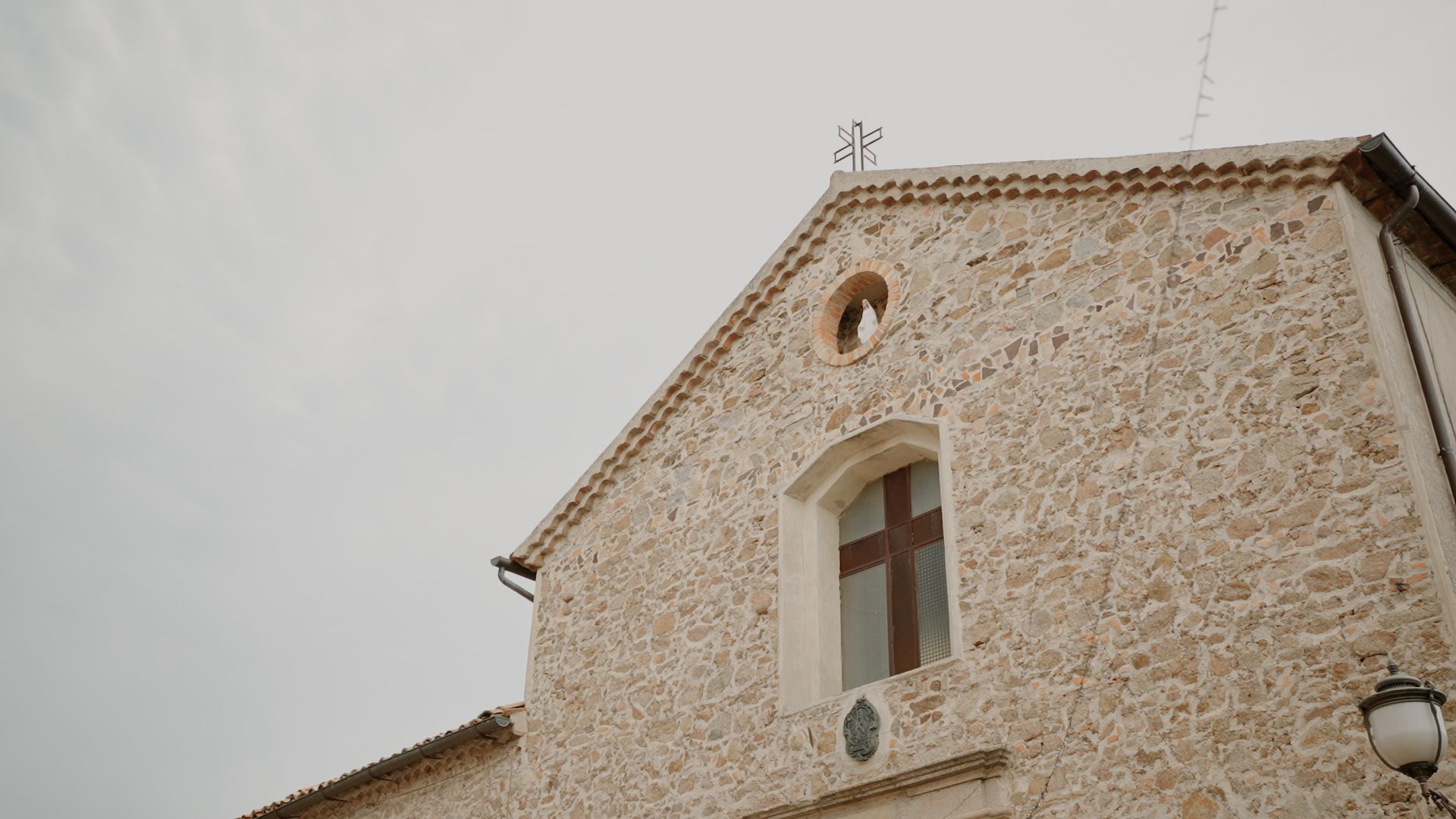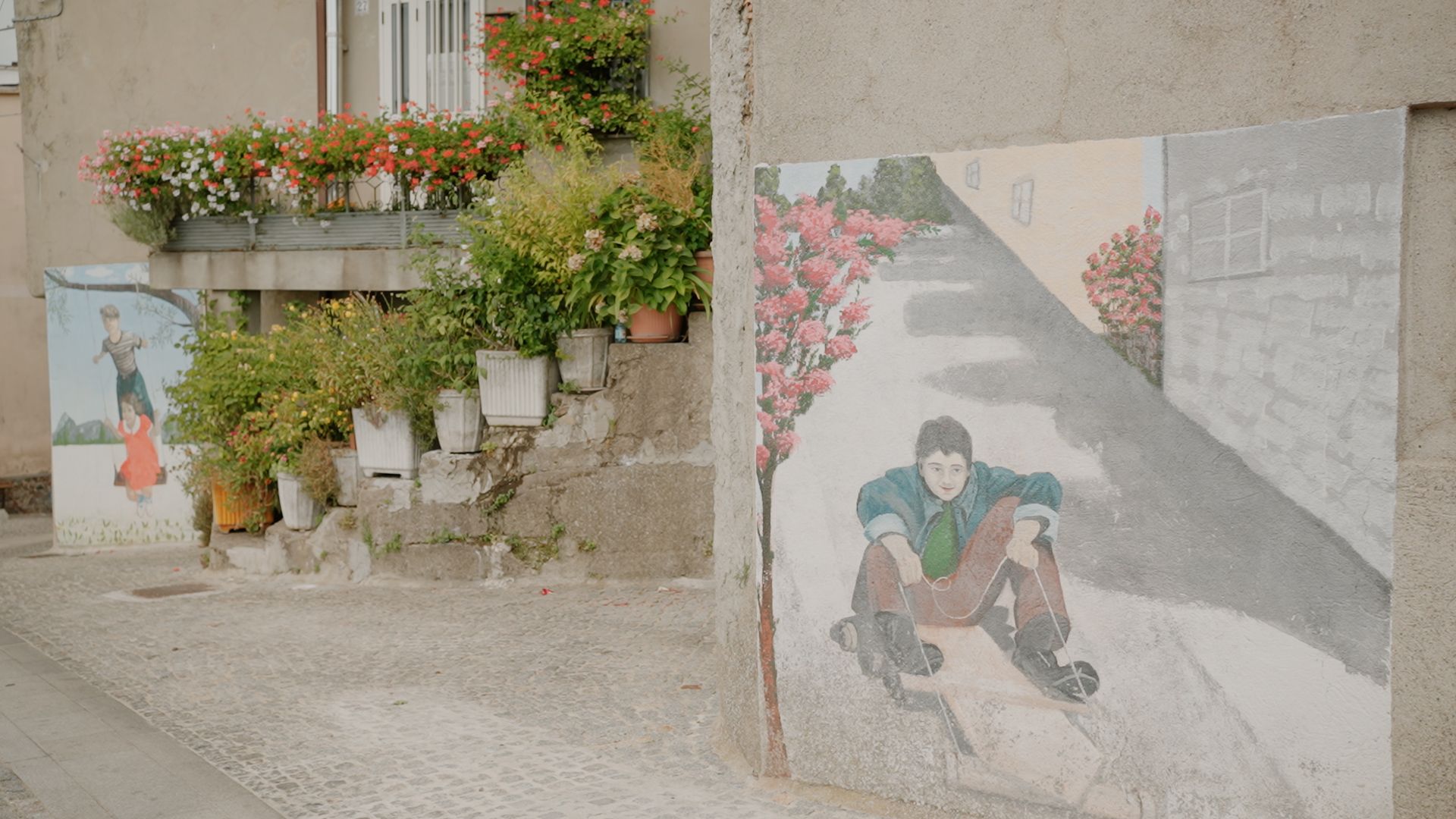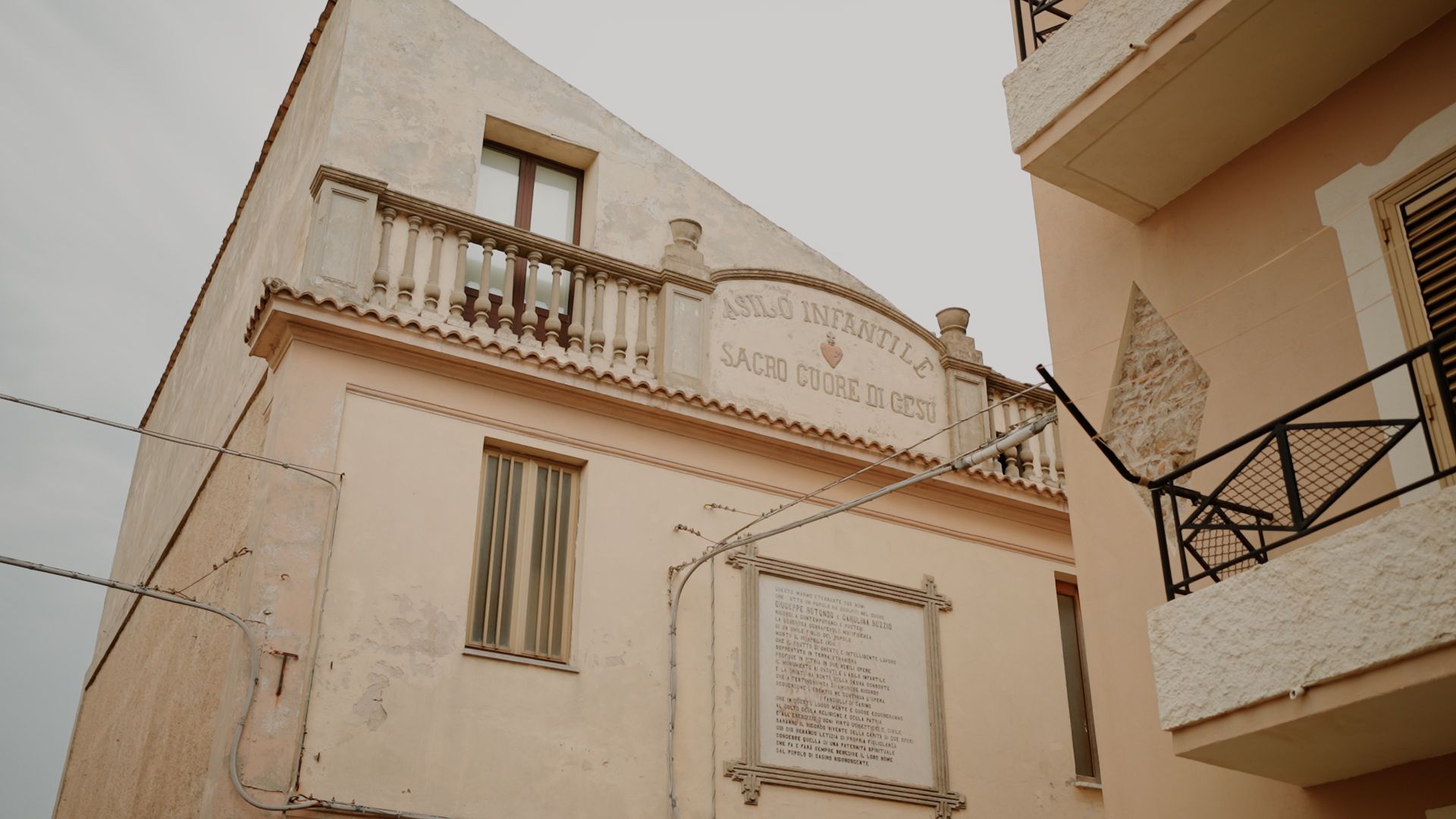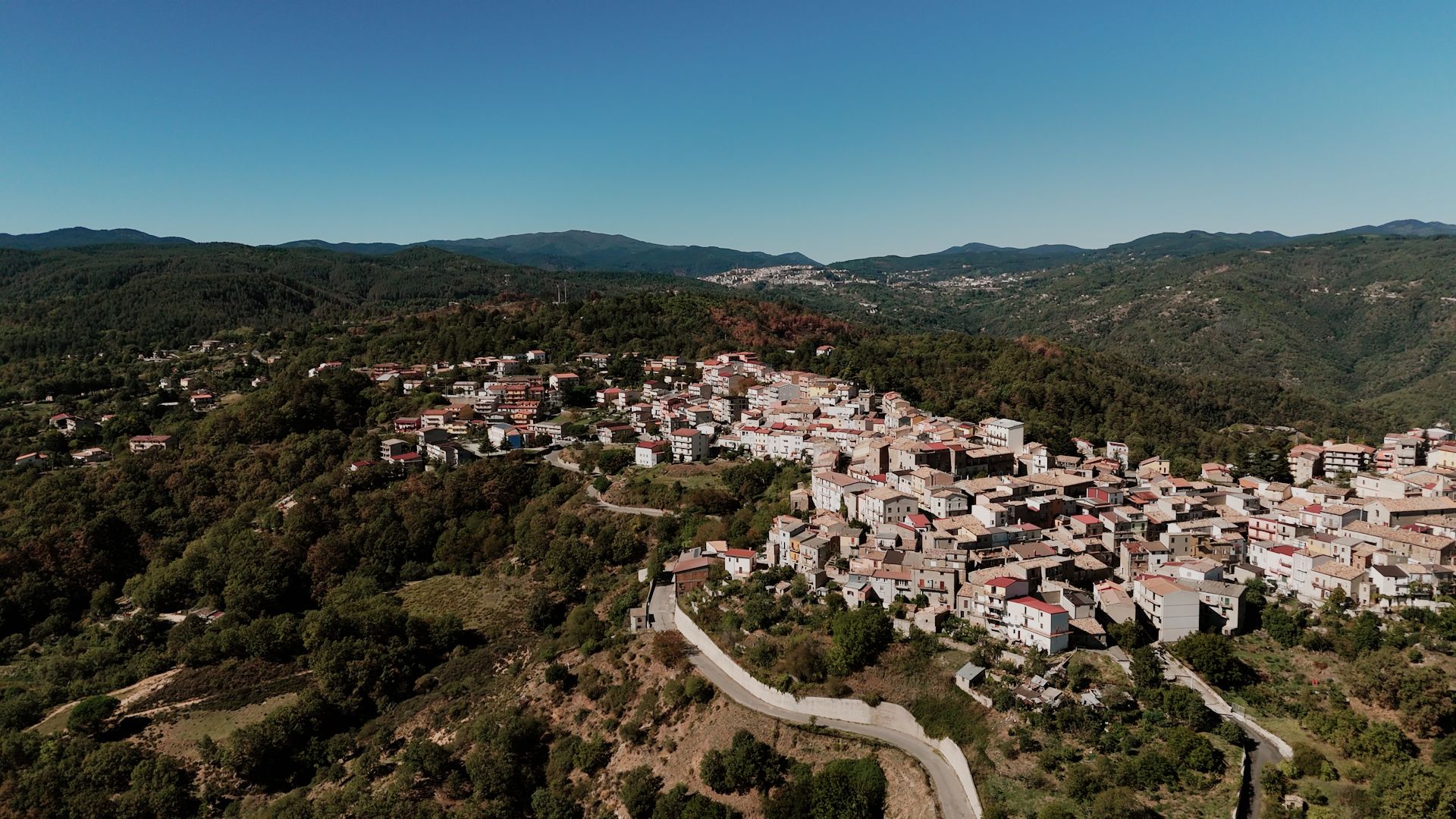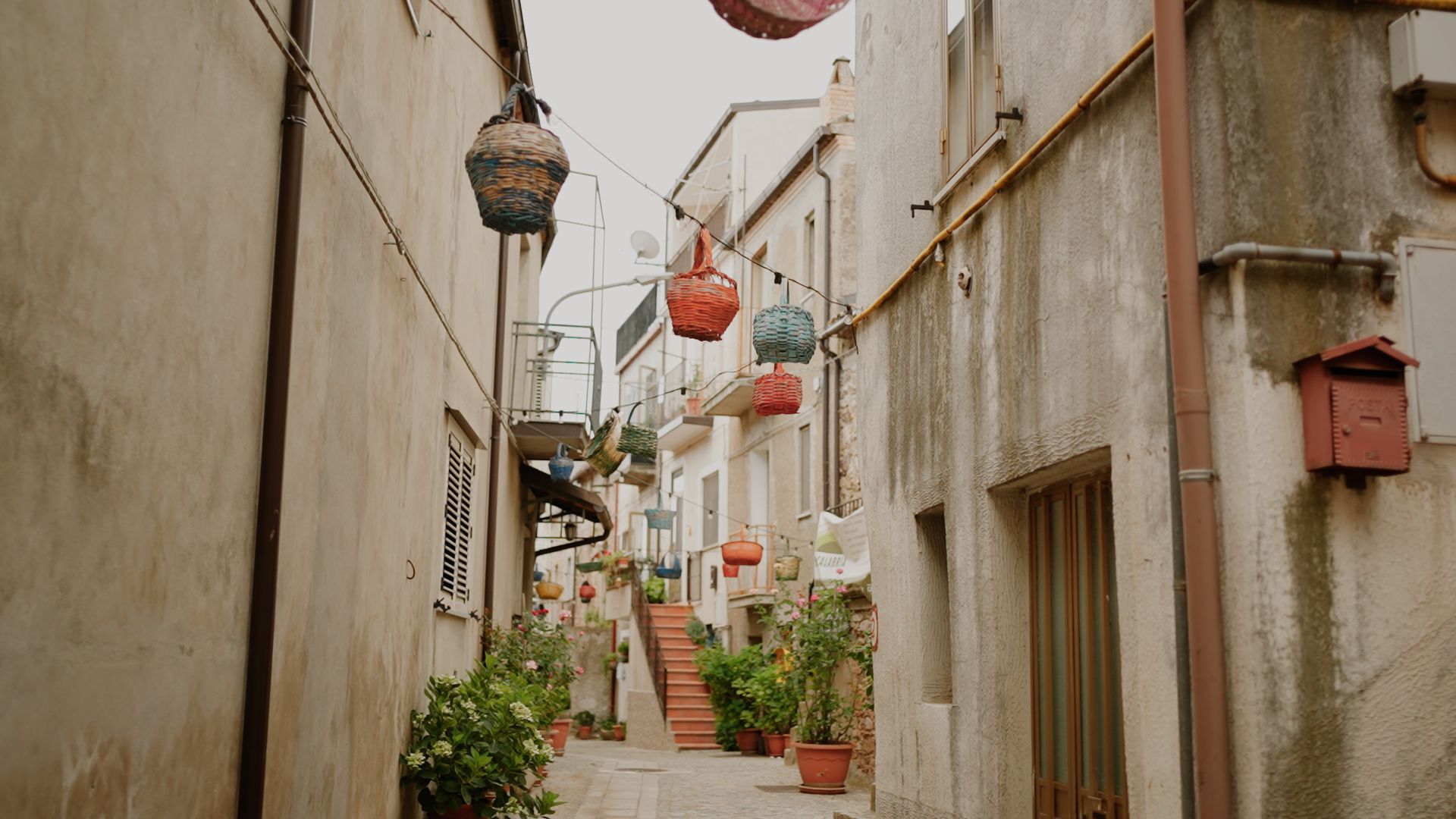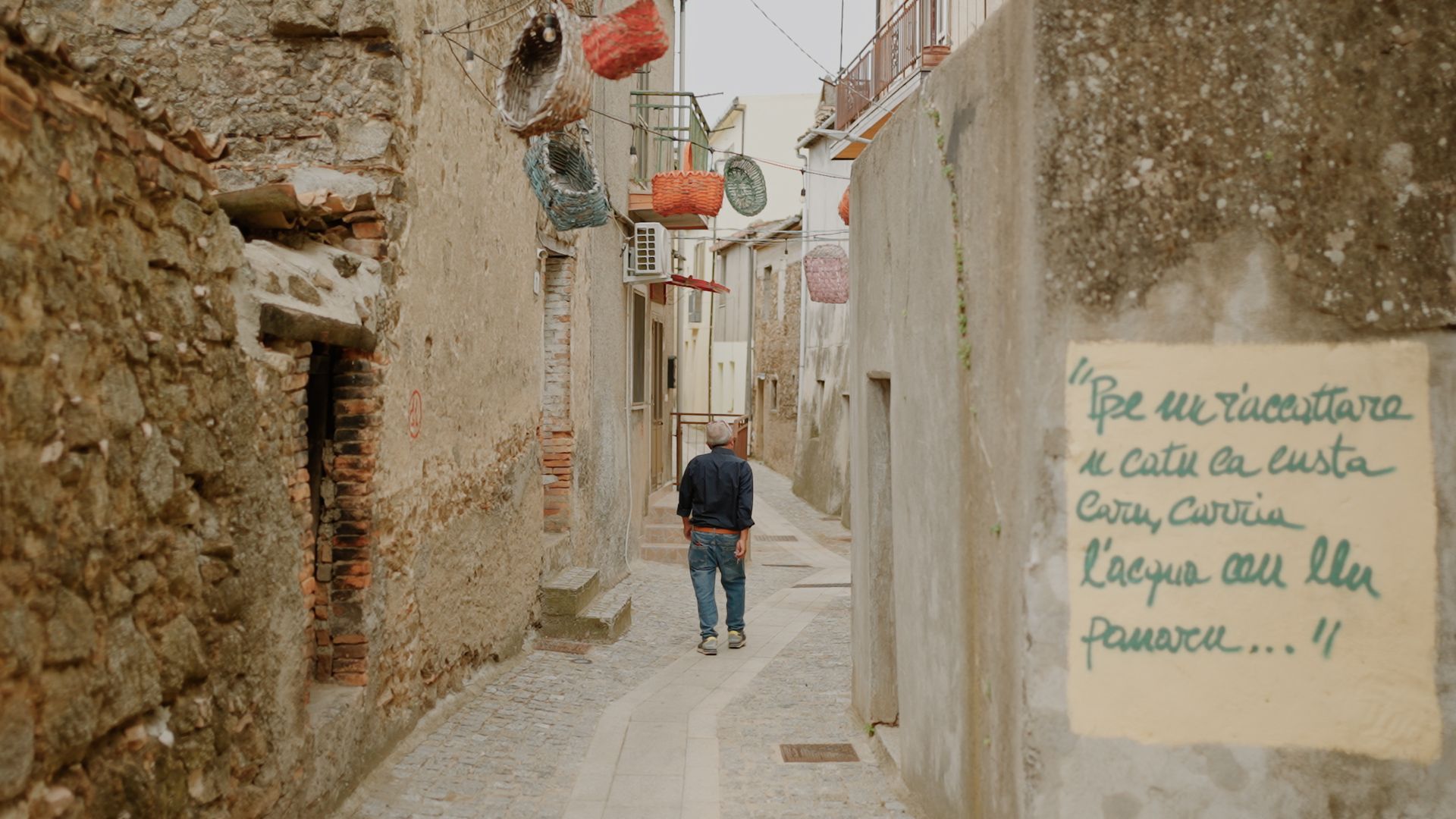Castelsilano: a plunge into the History and nature of Calabria
Castelsilano is a charming village located in the province of Crotone, about 900 metres above sea level. This small mountain village, rich in history and surrounded by unspoilt nature, offers an authentic experience for those seeking tranquillity, culture and the breathtaking landscapes of the Calabrian hinterland.
To visit Castelsilano is to immerse oneself in an unspoilt corner of Calabria, where history, nature and tradition coexist harmoniously. Perfect for those seeking a holiday far from mass tourism, it offers the opportunity to discover an authentic piece of Italy, made up of beautiful landscapes, age-old traditions and genuine hospitality.
Castelsilano has its roots in antiquity, with traces of settlements dating back to Greek and Roman times, but the village as we know it today was founded in the Middle Ages. Originally called ‘Casino‘, it changed its name to Castelsilano in 1950 to honour the Calabrian Hero Silano. The history of the village is marked by the vicissitudes of feudalism and the presence of ancient castles, which strategically dominated the area
- Historical Center - Via dei Panari
- War Memorial
- Belvedere
- Church of San Giovanni Battista
- Baronial Palace
- Murals
- Girimonte Ark
- Mother Mary Most Holy Church
- Bandiera Brothers' Ceppo
What to Visit in Castelsilano
Like all mountain villages, the Historic Centre of the village is a real walk through charm and history. The narrow, winding streets of Castelsilano’s historic centre, with its stone houses and flower-decked balconies, offer an authentic and evocative atmosphere. Strolling through the village, one can discover picturesque views and hidden corners that tell the story of this community.
Strolling through the Historical Centre, one cannot fail to pass by ‘Via Dei Panari‘. The ‘Panari‘ are the traditional wicker baskets used in olden days to transport food. Today, they have become, in this alley of Castelsilano, a symbol of history and tradition. This series of ‘Panari’ hanging in the street creates an evocative scenery of particular charm.
The War Memorial is a work by the fine sculptor from Molfetta, Filippo Cifariello. The work was made under the patronage of a well-deserving citizen of Castelsilano, who emigrated to Argentina, Giuseppe Rotondo, who also created, at his own expense, the local Kindergarten, inside which are two statues, also made by Cifarelli, depicting benefactors Bozzio and Rotondo. To the latter, in gratitude, Castelsilano named the former Piazza Dante, now Piazza Giuseppe Rotondo. The War Memorial was inaugurated on 5 May 1927 in the presence of Michele Bianchi, Minister of Public Works.
One of the most fascinating places in Castelsilano is The Belvedere, which offers a spectacular view of the valley and surrounding mountains. It is the perfect place to watch the sunset or simply to relax and enjoy the natural beauty of the area. Via Mazza: where you can see the valley on the Neto and where there are numerous murals.
Church of San Giovanni Battista: This church, located in the heart of the village, is an example of the simplicity and architectural beauty of Calabrian villages. Inside, one can admire works of sacred art and wooden statues of great value.
Palazzo Baronale: One of the village’s most interesting attractions is the Palazzo Baronale, once the home of the Local Noble Families. Today, although partly restored, it retains its grandeur and is a symbol of the area’s feudal history.
Castelsilano is also known for its murals, works of art that decorate the walls of the village buildings. Created by local and international artists, the murals depict scenes of daily life, local traditions, historical characters and elements of Calabrian Folklore. These murals have become a veritable open-air museum, telling the history and culture of the village through art.
A visit to the Girimonte Ark is not to be missed. In the heart of the Sila Crotonese, a totally stone structure appears, almost from nowhere, immersed in greenery, resembling an enormous ark, created in the 1970s by the Calabrian sculptor Giovanni Girimonte. The ark’s gardens, which retain their original majesty, are marvellous.
In the same area as the Arca di Girimonte is the Chiesa Madre Maria Santissima Immacolata (Mother Church of Mary Most Holy Immaculate), inside which the Silan granite stoup, a papal coat of arms on the entrance portal and precious sacred vestments finished in gold are preserved. The latest restoration included valuable mosaics of the Florentine School, which greatly embellish its appearance. The Church of the Madonna della Campagna features a statue by the famous Demetz Ortisei and is a pilgrimage destination, especially in summer for the solemn feast held on the second Sunday in August.
The Stump of the Bandiera Brothers, located at ‘Stragola’ , was erected to commemorate the place where Attilio and Emilio Bandiera were captured on 19th June 1844, arrested and taken first to San Giovanni in Fiore and then transported to Cosenza, where, summarily tried and executed in the Vallone di Rovito on 25th July 1844.
Trails and Nature: Although the town is located 960 metres above sea level, its territory, crossed by the Lese River, descends to 300 metres when it meets the Neto River and this other peculiarity makes the area rich in a wide variety of flora and fauna, natural springs, including sulphurous water springs, and karstic caves. Castelsilano is the ideal starting point for excursions into the surrounding nature. Hiking trails offer panoramic views of the Sila Mountains and the valley below. Among the most popular are the paths leading to the Sila Piccola Plateaus, ideal for those who enjoy trekking and nature photography.
- Historical Center – Via dei Panari
- War Memorial
- Belvedere
- Church of San Giovanni Battista
- Baronial Palace
- Murals
- Girimonte Ark
- Mother Mary Most Holy Church
- Bandiera Brothers’ Ceppo
Local Gastronomy
As in many areas of Calabria, cooking is a fundamental part of the local culture in Castelsilano. The Cropa di Castelsilano, an ancient bread produced using artisanal baking techniques. The gastronomy of the village is based on simple and genuine ingredients, often locally grown and produced. Dishes not to be missed include:
- Local cheeses: Fresh or mature, such as Caciocavallo Silano.
- Homemade pasta, served with local meat or mushroom sauces.
There is of course no shortage of local wines, made from indigenous grapes, perfect to accompany a typical Calabrian Meal.
Events and Traditions
Throughout the year, Castelsilano hosts several religious festivals and popular fairs that attract not only residents, but also visitors from the surrounding villages. The traditions are still very much alive and offer a unique opportunity to discover the authenticity of Calabrian Culture. The Patronal Festivities, dedicated to Saint John the Baptist, are particularly spectacular , with processions, music and fireworks displays.
How to get to Castelsilano
Castelsilano is easily accessible by car from Crotone (about 1 hour’s drive), or from the nearest city of Cosenza (about 1 hour and 30 minutes). The nearest airport is Crotone-Sant’Anna, while the nearest railway station is Crotone.


